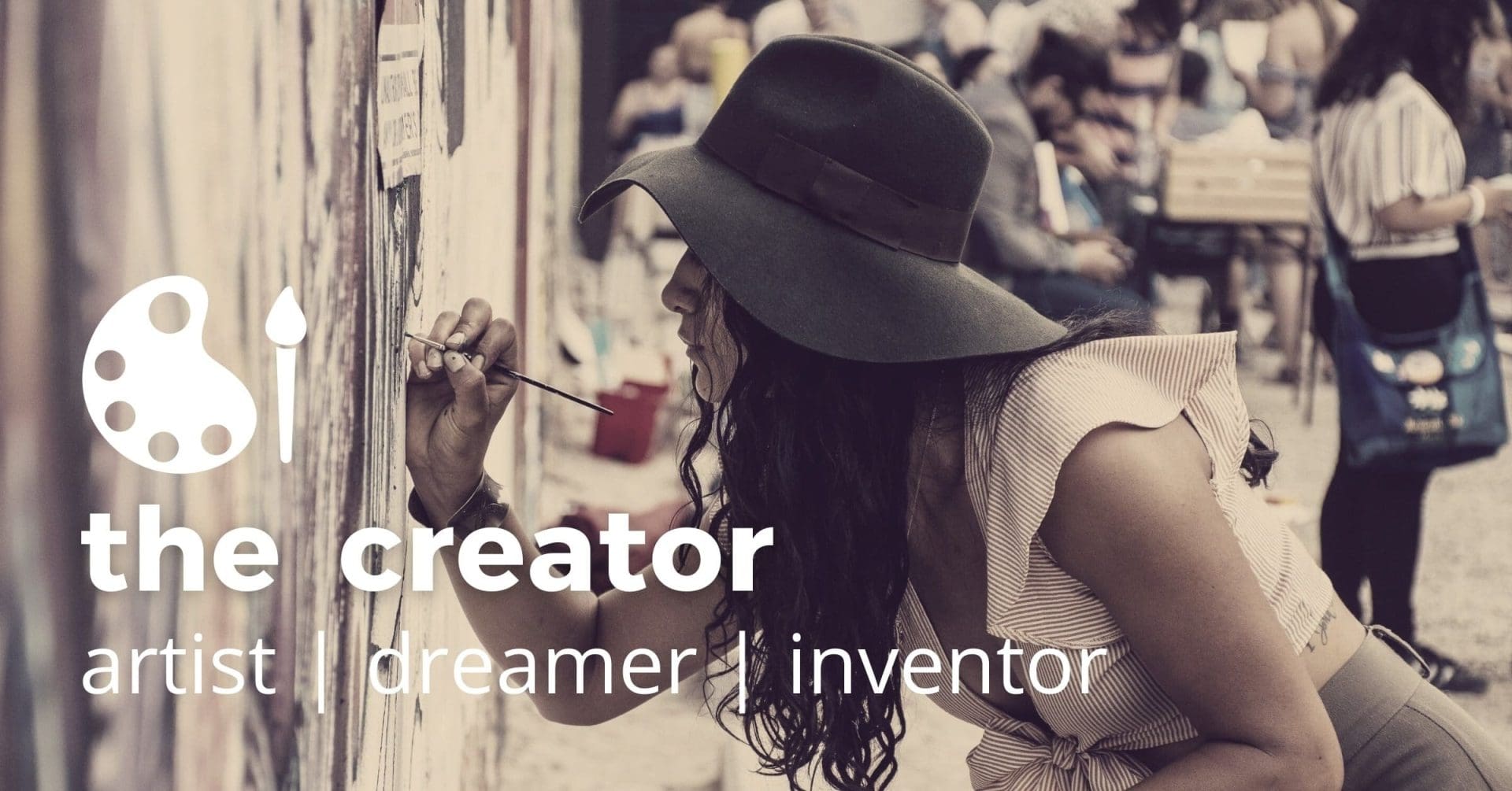What are Brand Archetypes?
Have you ever noticed certain themes in the characters you watch in movies and television or read about in books? Have you seen similar themes repeated in popular culture and art?
You’re noticing archetypes : a deeply symbolic and widely recognized character type that represents basic feelings and motivations.
Our brains naturally want to take shortcuts to organize information – and archetypes, in essence, are an encapsulated short cut.
Where did Brand Archetypes originate?
Archetypes were studied by psychiatrist Carl Jung in the early 20th century. Archetypes, he suggested, were inborn tendencies that play a role in influencing human behavior. Later, at the beginning of this century, leadership consultant Carol Pearson applied Jung’s concepts to business and marketing.
In her book, The Hero and the Outlaw: Building Extraordinary Brands Through the Power of Archetypes (co-authored by Pearson and Margaret Mark), twelve individual types are identified and analyzed. As part of that analysis, specific traits, drivers, and values were identified in each archetype. These archetypes have been discussed, dissected, and re-described by several other authors since then, but to be honest, they always seem to go back to the source – so with the source is where I tend to stay.
Twelve brand archetypes and human emotion:
We all have basic human emotions and desires. We aren’t taught to have them, we don’t want them (some days more than others, am I right?) and there is an argument to be had that we don’t need them. We just have them.
They are instinctive and primitive. We have them from the time we are tiny.
Here are the basic human emotions and motivations that each match with a specific archetype;
- Innocent brand archetype > SIMPLICITY (safety)
- Sage brand archetype > WISDOM
- Explorer Brand Archetype > SELF-KNOWLEGE (freedom)
- Rebel Brand Archetype > REVOLUTION
- Magician Brand Archetype > CHANGE (transformation)
- Hero Brand Archetype > ACHIEVEMENT
- Jester Brand Archetype >JOY
- Lover Brand Archetype >INTIMACY
- Everyman Brand Archetype >BELONGING
- Caregiver Brand Archetype > SERVICE
- Ruler Brand Archetype > CONTROL (structure)
- Creator Brand Archetype > INNOVATION

Using brand personality archetypes to build a consistent brand
Why use archetypes when building a brand then? People want an emotional connection when they purchase as much as they want products and services. You want to make sure your audience connects strongly with your brand. When a brand takes on the archetype, your audience understands it – you are more likely to be consistent , authentic, and offer that emotional connection they are seeking. It’s a way to help moderate the “gut feeling” the public gets about your brand with a consistent blueprint and plan.
Once you’ve found the brand archetype that fits best with your brand, you can better develop a consistent way to connect with your customers. Consistency is a great way to build trust with your audience, so they know who they are buying from, and trust enough to make that next step. In understanding your customer’s motivation, you can also address your messaging in a way that shows you know their needs – and are receptive to meeting those needs.
Ready to find out more?
Brand Archetype Quiz

Take the brand archetype quiz now to discover your unique advantages and how to best reach your ideal customers.
Not sure you found the right archetype?
Most brands are a mix of more than one archetype – and two archetypes can be tricky but very rewarding to blend. Below you will find links to all of the archetypes so you can familiarize yourself with other descriptions and characteristics to see if there is one that feels like a better fit for you and your brand. If you are still struggling – feel free to contact me to chat and see if together we can sort out what works best for you!












